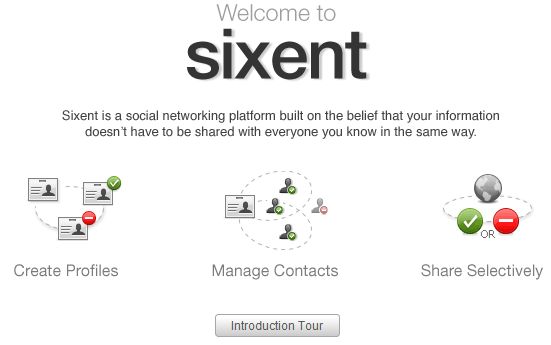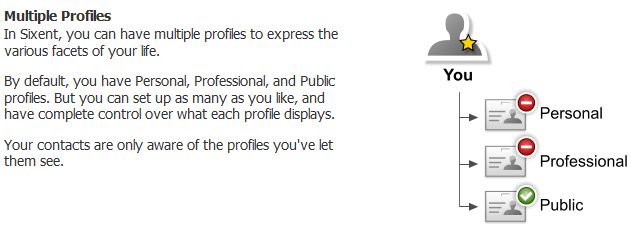 Yesterday, I posted about the very positive experience I’ve had trying out the beta of the new social networking platform, Sixent.
Yesterday, I posted about the very positive experience I’ve had trying out the beta of the new social networking platform, Sixent.
It’s not surprising how good Sixent is right out of the gate if you consider that Ramius has had extensive experience with online collaboration. Its Community Zero product has been in use by corporations and organizations for almost a decade. They’ve clearly applied the insight they gained through Community Zero in building a user friendly, intuitive, functional and fun social network platform.
 Philippe Dame, Ramius’ C.O.O., sat down with me recently to talk about Sixent and what he believes makes it stand out.
Philippe Dame, Ramius’ C.O.O., sat down with me recently to talk about Sixent and what he believes makes it stand out.
In creating Sixent, the Ramius’ team’s objective was to “create a social network in which people could share their life the way they want to and connect with people in a meaningful way.” The key to their approach to this is to provide Sixent users with a “lot of control over how they connect with people,” explains Philippe. This translates into “how they disclose their own information and how they disclose content to people.”
“We’ve tried to emulate exactly how people want to present their own personas online. We all operate personal and professional sides. Now with social media and the Web, we’re becoming more familiar with having a public side – be it a Twitter feed or other kinds of services. We want to provide you with adequate ability to segment what you would say and show about yourself, and do so in a really easy to use way.” Philippe suggests that Sixent’s approach to enabling users to show different profiles to different people, “provides a degree of control that is unprecedented.”
“With our heritage in enterprise collaborative software, we are taking it to a corporate market in the fall,” Philippe says. “The idea of categorizing your contacts and having multiple profiles plays well in terms of people’s dual roles of interacting with their colleagues as well as dealing with partners and customers that go outside the firewall. People don’t want to join multiple social networks. So, if they can have a single dashboard and identity, and achieve these things in a controlled way, we think we’ve got a success on our hands.”
“This is an environment in which you are trying to provide a utility to your users so that different kinds of interactions can take place that weren’t previously possible. If they can connect that back to a growing public network, it can provide both great utility for the organization in terms of a deeper reach into the social graph of their own customers and partners. It can also work on the reverse, where users are now able to interact on a personal level in a kind of sister network and be getting more utility from it and therefore coming back on a regular basis, really solving the key adoption issue of getting people to be on your network and to be productive people there.”


